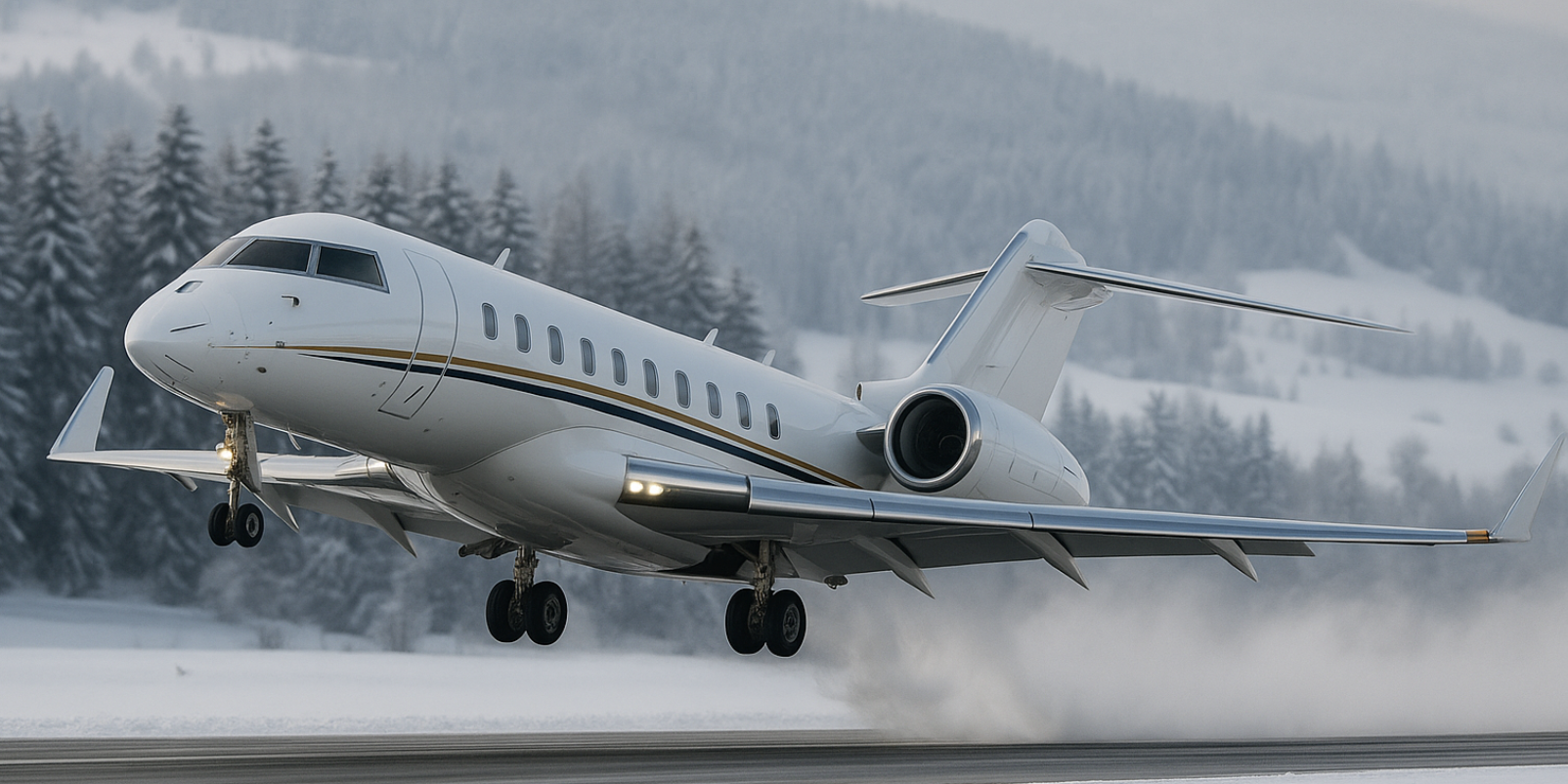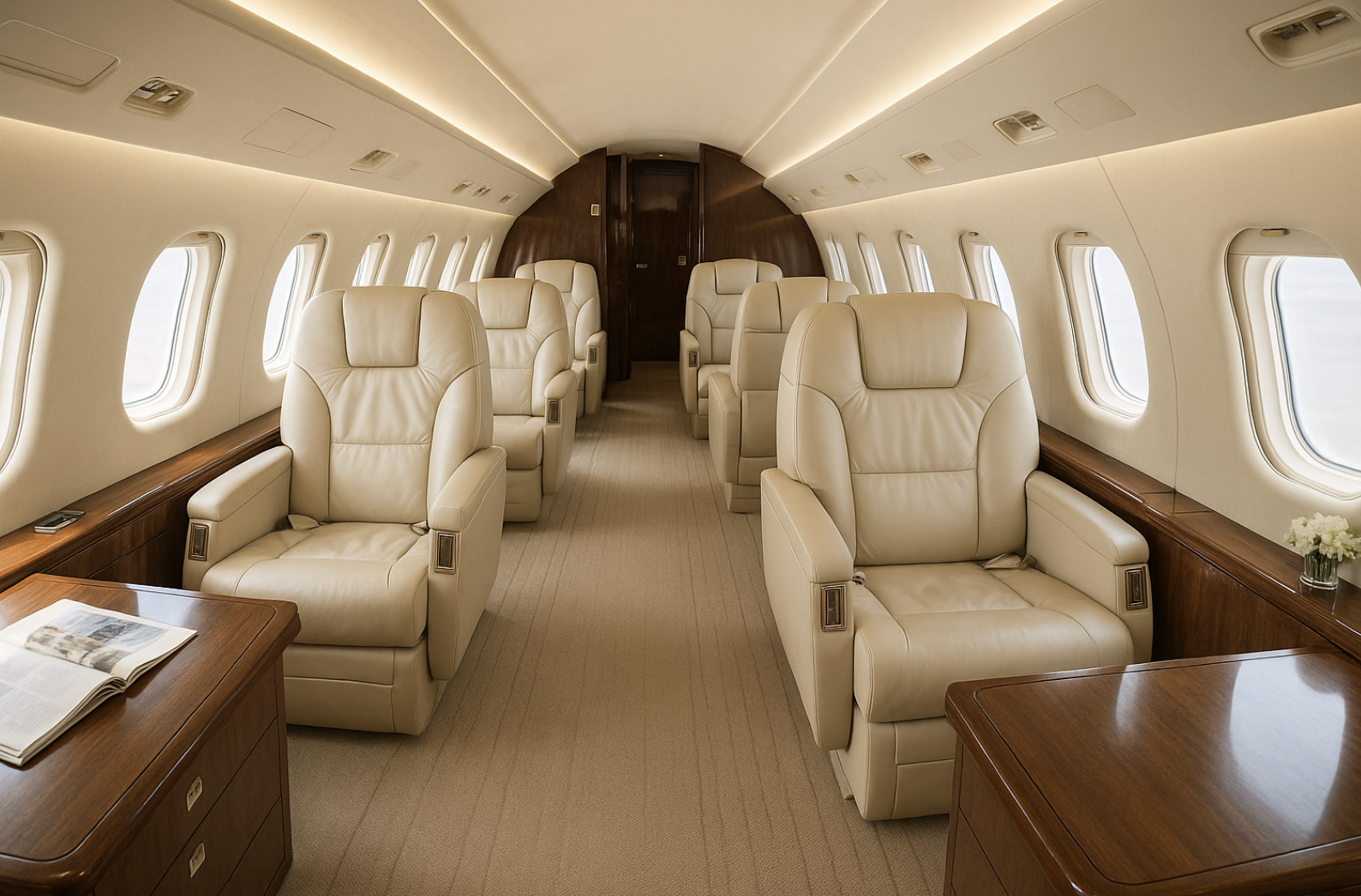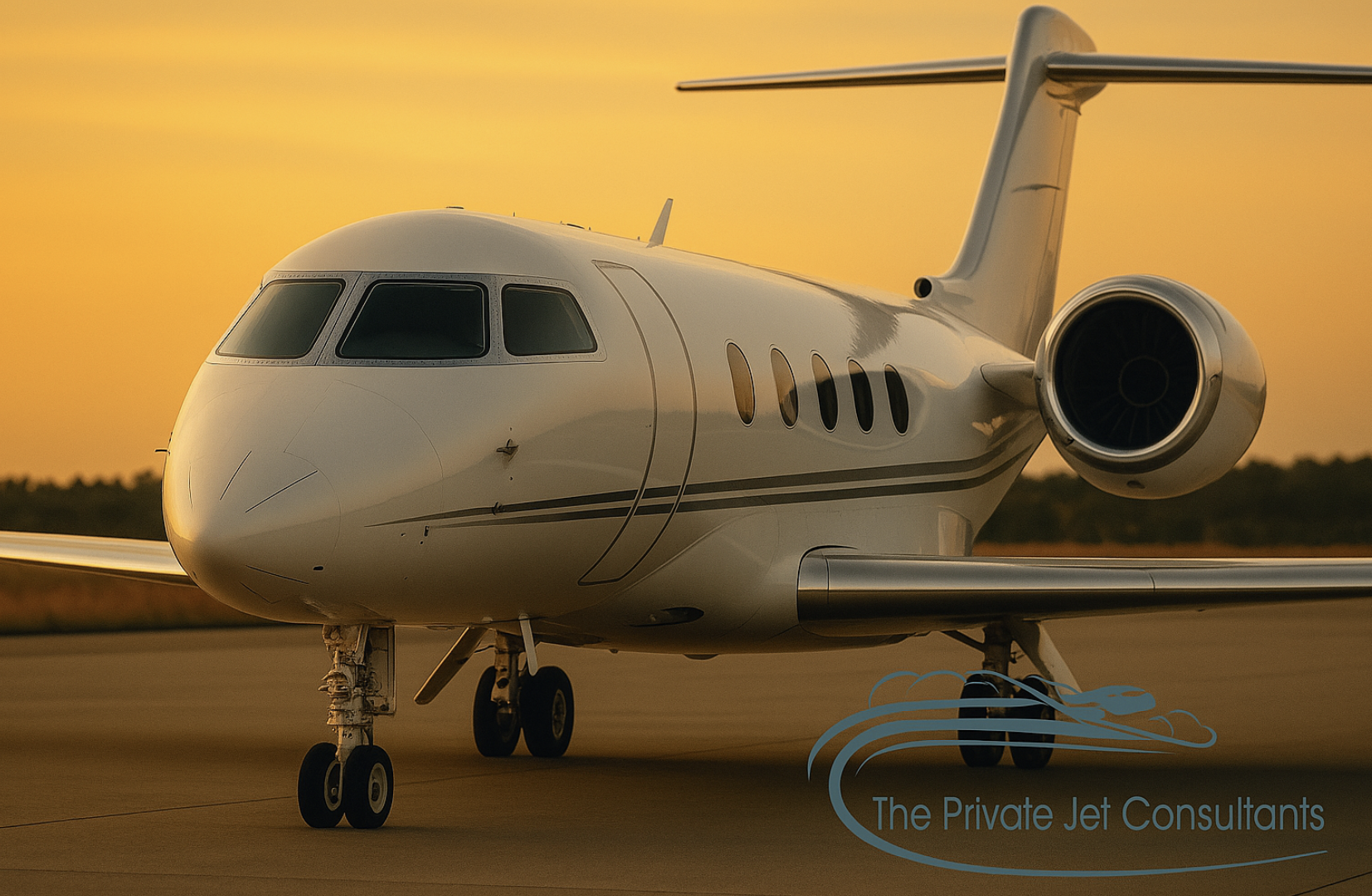Understanding the Price Variability in Private Jet Hourly Rates
When chartering a private jet, one of the most critical aspects to understand is the variability in hourly pricing. Unlike commercial flights, where prices are relatively straightforward, private jet pricing is influenced by numerous factors, making it highly variable. Here's a breakdown of what contributes to these fluctuations.
Aircraft Type and Size
Light Jets: Typically more affordable, light jets are ideal for short trips. Their lower fuel consumption and smaller crew needs contribute to lower hourly costs.
Midsize and Super Midsize Jets: These offer more space and range, which translates into higher costs. They can accommodate more passengers and luggage, making them a preferred choice for longer trips.
Heavy Jets: The most expensive category, heavy jets provide ultimate luxury, space, and range. The higher fuel consumption and larger crews required add to the hourly rate.
Operational Costs
Fuel Costs: One of the most significant factors in hourly pricing. Fuel prices can vary based on the departure location, route, and even global market conditions.
Crew Salaries: Depending on the length of the flight, the number of crew members required can vary. Longer flights often require additional pilots or cabin crew, which increases the hourly cost.
Landing Fees: These vary depending on the airport. Larger or more congested airports typically charge higher landing fees, which are factored into the hourly rate.
Maintenance: The age and condition of the aircraft can affect maintenance costs, which are often passed on to the charter client.
Geographical Location
High-Demand Routes: Flights to and from popular destinations (e.g., New York to Miami) often carry a premium due to high demand.
Remote Locations: Flying to less accessible locations may incur additional costs, such as repositioning fees or higher landing fees, contributing to higher hourly rates.
International Travel: Crossing international borders can introduce additional costs like overflight permits, international handling fees, and customs charges.
Time of Year
Peak Season: Prices can surge during high-demand periods, such as holidays or major events, due to increased demand for aircraft availability.
Off-Peak Season: Conversely, there might be opportunities for discounted rates during less busy times, though this is not always guaranteed.
Empty Legs and Repositioning Flights
Empty Legs: These are flights that occur when a jet is repositioned to a different airport without any passengers. Operators often offer these at a reduced rate, but they are less flexible in terms of scheduling.
Repositioning Costs: If a jet needs to be flown to your departure airport from another location, you may be charged for this repositioning flight, effectively increasing the hourly rate.
Customizations and Special Requests
In-Flight Catering: High-end catering or specific requests can add to the cost.
Special Amenities: Additional services like onboard Wi-Fi, luxury ground transportation, or concierge services also contribute to the overall cost.
Memberships and Partial Ownership
Membership Discounts: Some jet card programs offer locked-in hourly rates, which can help mitigate some of the variability in pricing.
Fractional Ownership: While not hourly, the cost structure here is more complex, involving upfront investment, management fees, and an hourly rate when flying.
Contact the specialists at The Private Jet Consults (sales@thepjc.com) for support on your next trip.
‹ Back







